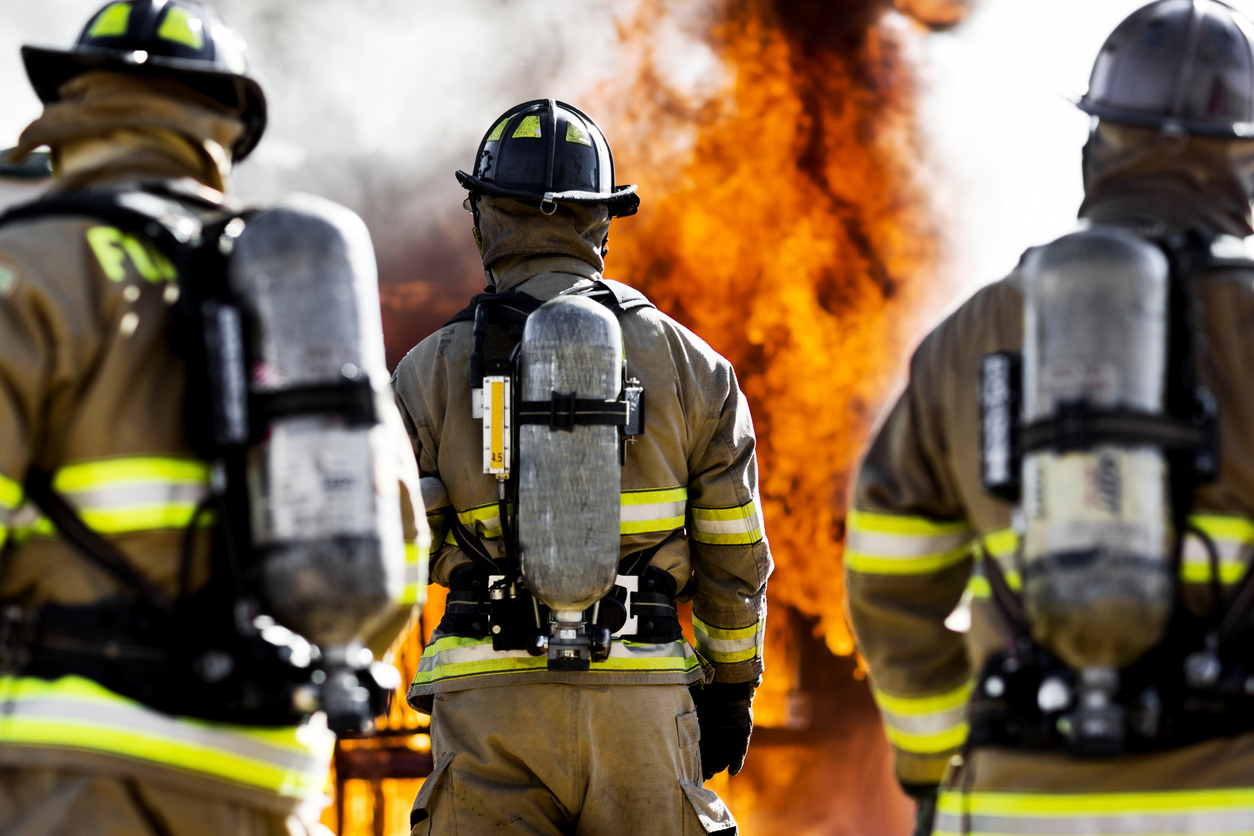
According to the National Fire Protection Association, there are approximately 1,115,000 firefighters in the U.S. Of these firefighters, there are typically eight ranks that they are assigned to. A firefighter’s rank is determined by a range of factors, including their experience level, performance ratings, and completion of written exams.
Probationary Firefighter
Probationary firefighters are at-will employees of the fire department. This is the lowest rank in the service, and these new recruits are given extensive training and testing to determine their eligibility for permanent employment. During this time, their skills and character are assessed, and if they are satisfactory, they are eligible to become full-time firefighters within six months.
Firefighter
Full-time firefighters are the second rank within a department. These employees are responsible for the majority of the manual labor involved in fighting fires, including search and rescue efforts and fire suppression. At this rank, firefighters are also typically trained to drive the fire truck, though they would only do so if the driver engineer were absent.
Driver Engineer
Firefighters may be promoted to driver engineer if they wish to take on more responsibilities in their department. In this position, a firefighter is responsible for operating the fire truck vehicle and maintaining its equipment, too. They must also clean all equipment after every call and understand how to operate the fire pump.
Lieutenant
Lieutenants are responsible for overseeing the personnel and resources of an individual department. They supervise daily operations, train new recruits, and be knowledgeable about scene operations, too. Lieutenants may serve as “acting captain” if the department’s captain is absent.
Captain
A captain is typically the highest-ranking department member at an emergency scene. They will direct operations, speak to media if necessary, and coordinate special functions for their department. In addition to exemplary knowledge of firefighting, this role requires strong management and leadership skills.
Battalion Chief
Battalion chiefs are often tasked with creating firefighter schedules and managing the personnel within the department. They must ensure that the department is adequately staffed and oversee the sick days, special assignments, and vacation time for all of the firefighters in the department.
Assistant Chief
Assistant chiefs manage the personnel who work in the operations division. This division of a fire department handles disaster relief and fire suppression, and in some cases, EMS operations, too. This role includes creating programs and training opportunities that improve fire safety. They may also assist with budgeting.
Fire Chief
The highest-ranking officer in any fire department is the fire chief. They are tasked with overseeing all operations of the department, its personnel, and its activities. In addition to general department administration, they often collaborate closely with other city officials, including a mayor or city manager, to plan fire coverage.
About Provident Fire Plus
At Provident Fire Plus, we offer custom tailored packages to best protect firefighters and volunteer firefighters. We understand the risks that emergency response teams are subjected to on a daily basis, and have worked to serve these dedicated professionals for over 87 years. For more information about our products and policies, we invite you to contact our experts today at (412) 963-1200.

